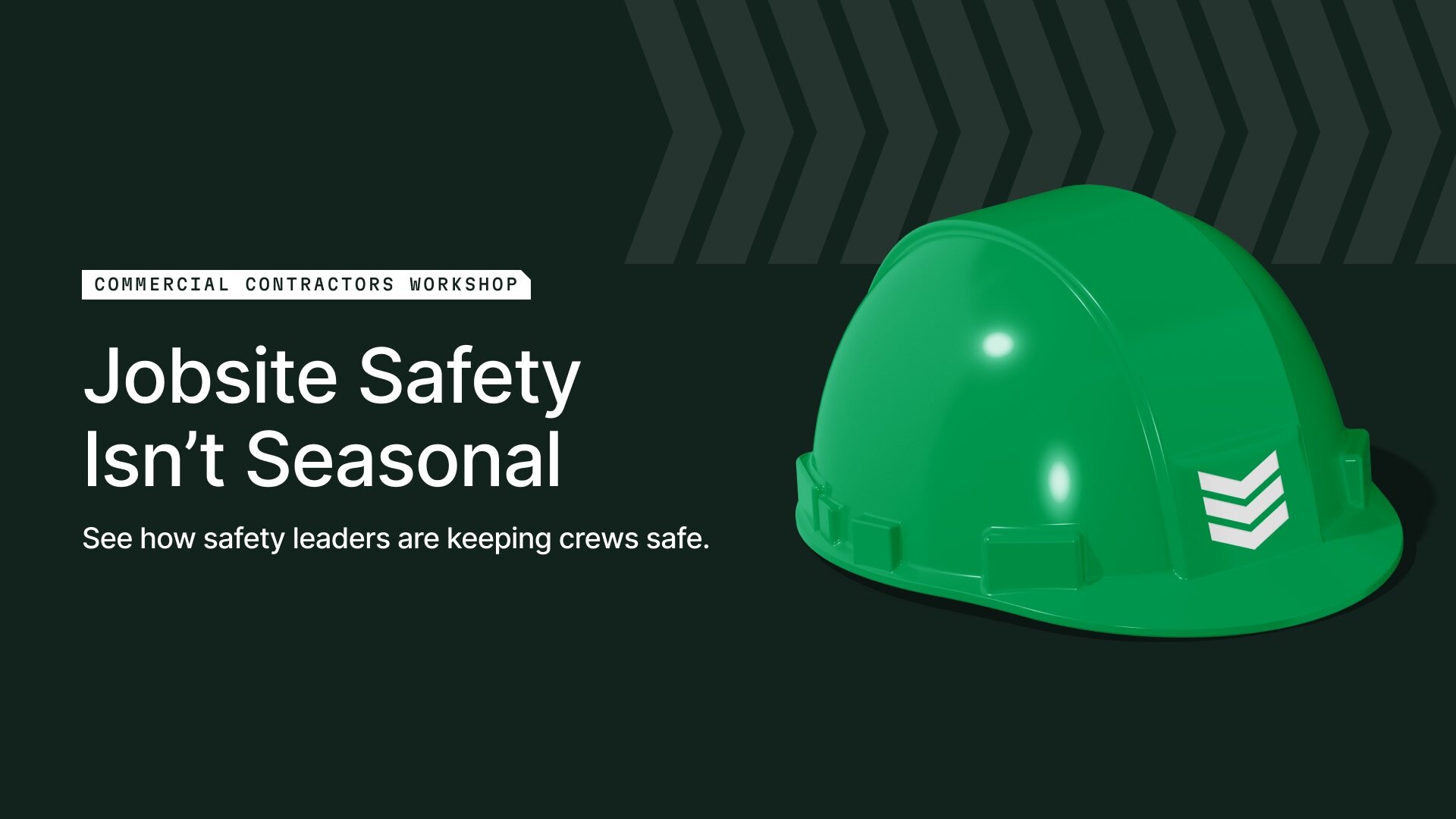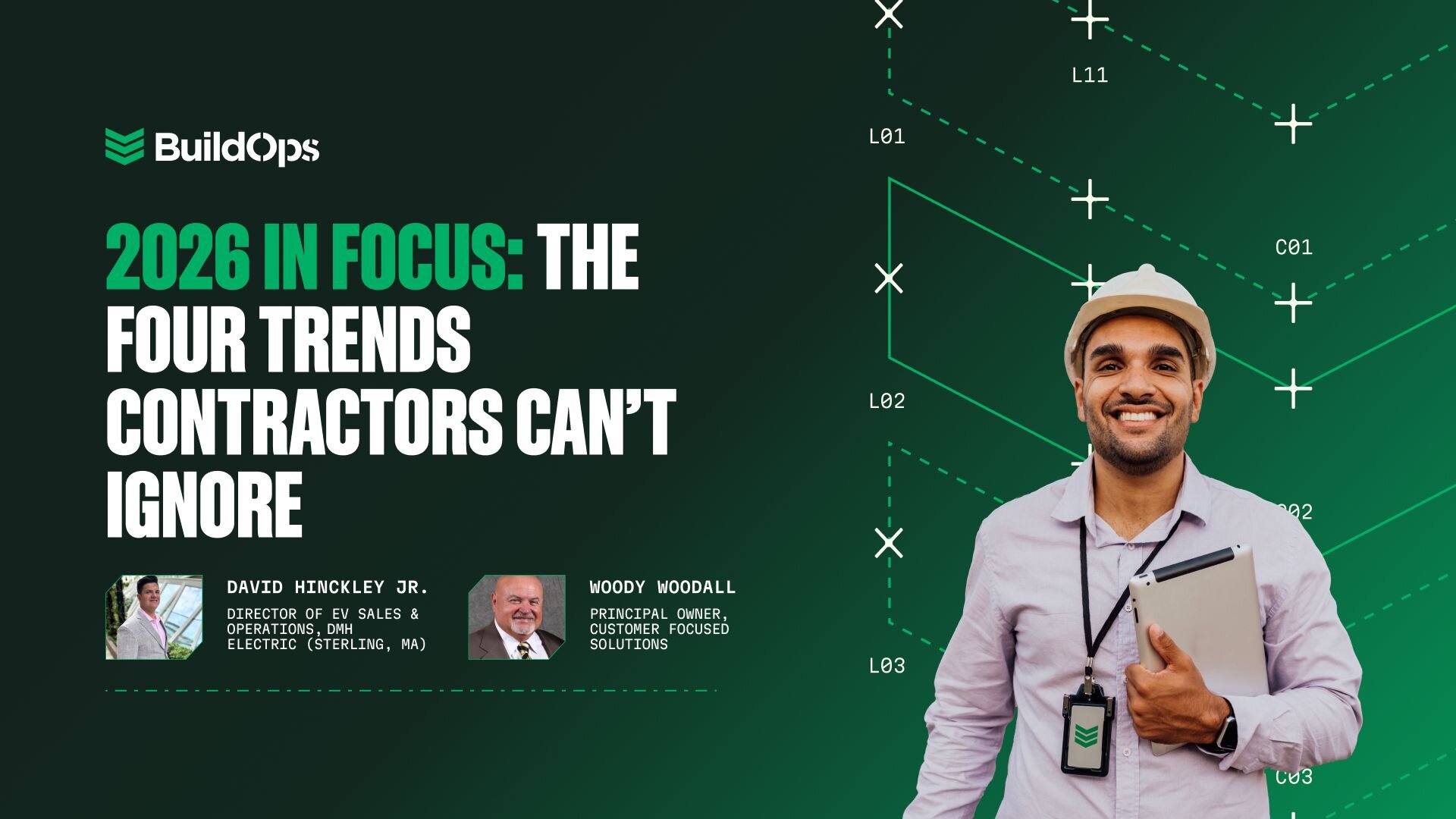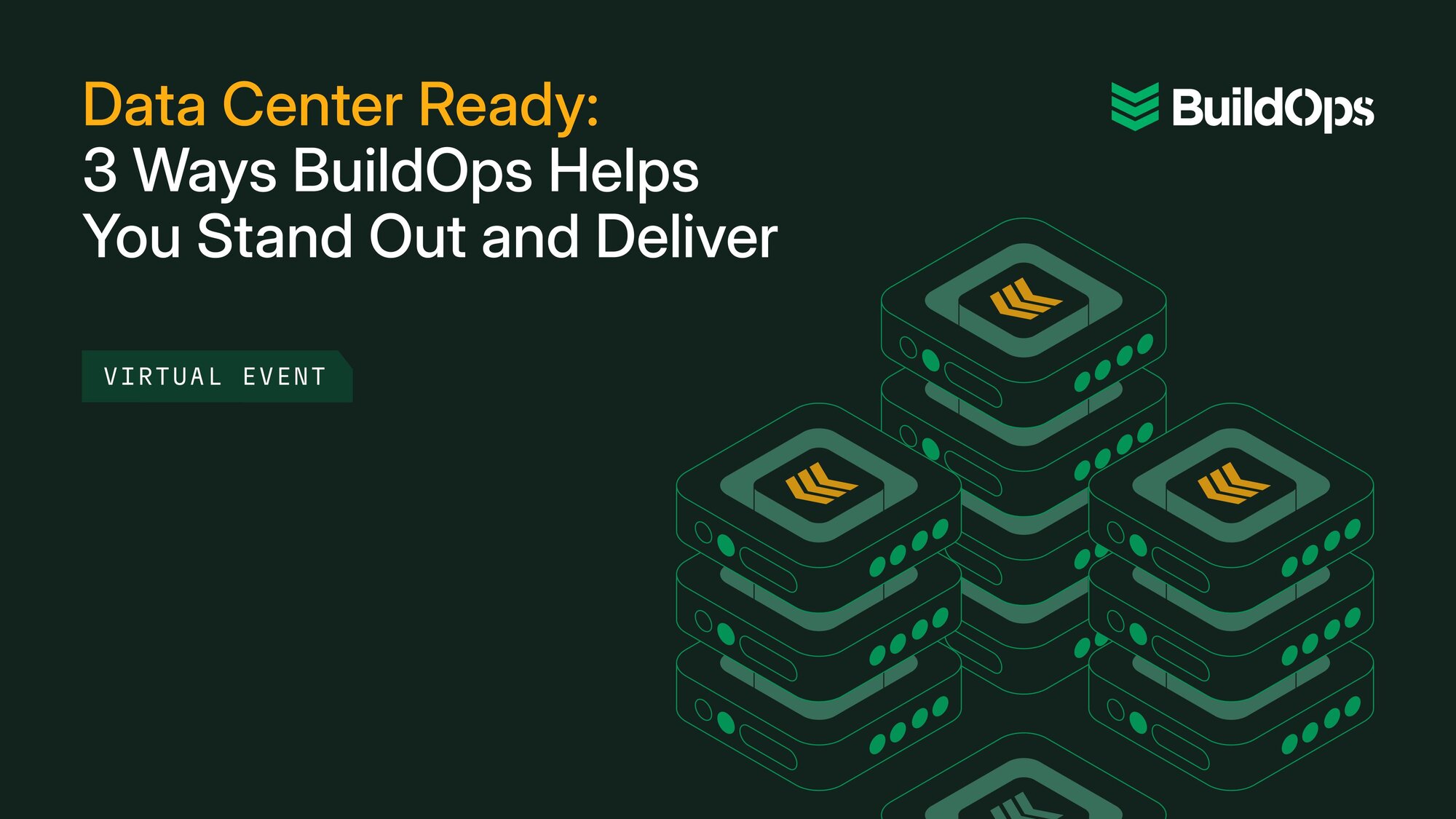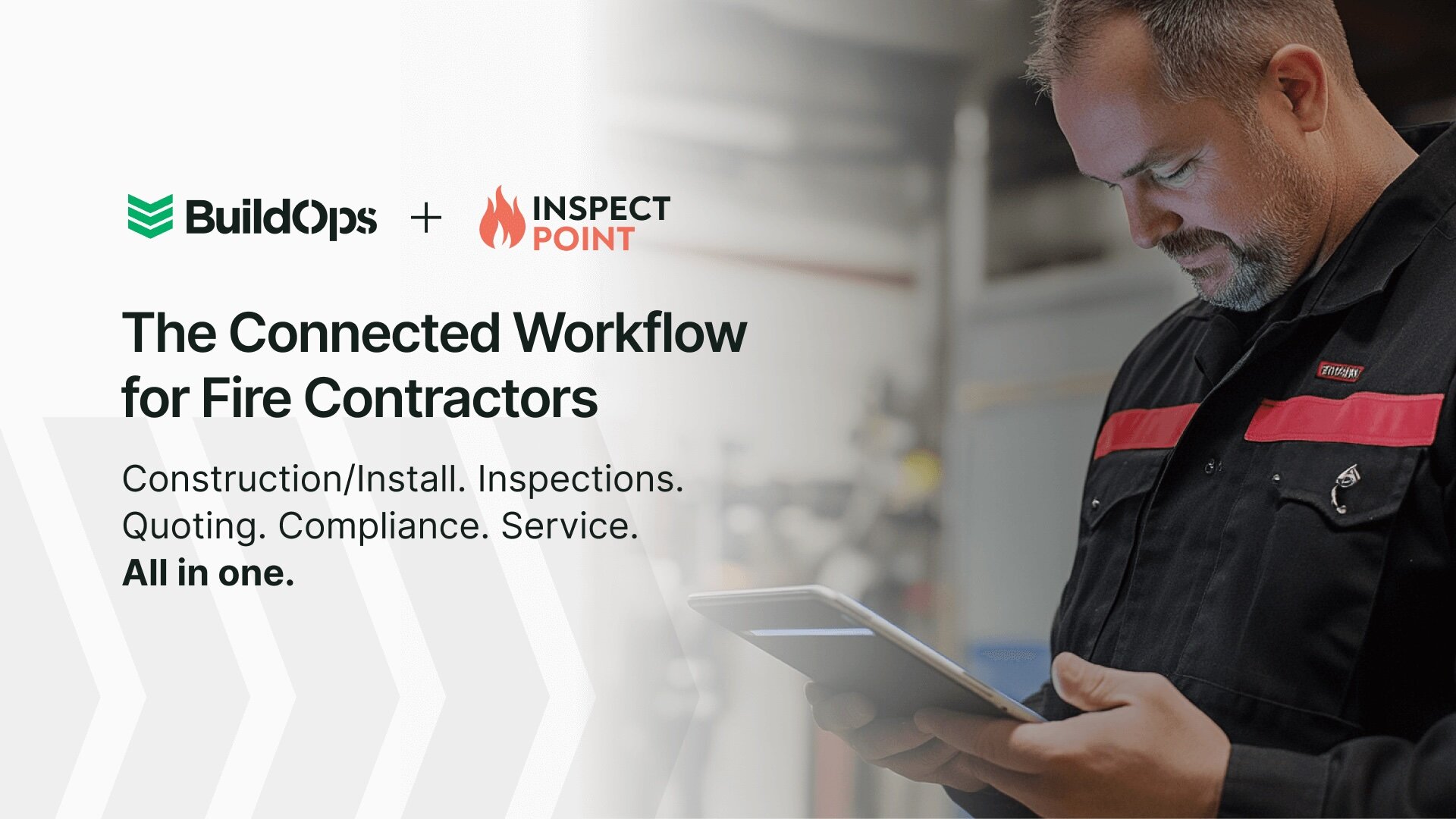Falls. Tools. Mental health.
The jobsite dangers haven’t changed much. But some contractors are changing how they respond—and who they involve in the process.
In our recent session with Ricky Reams (Murphy Company) and Rebecca Medaris (Pan-Pacific Mechanical), we unpacked the challenges contractors are facing today and what’s working in the field—from simplifying fall protection to reshaping the tools that get people hurt.
The Most Common Injury? The One You’ve Seen a Hundred Times
In a recent survey of contractors, the majority named tool-related injuries and equipment hazards as their top safety challenge—followed by culture, mindset, and fall protection.
That tracks with what both Ricky and Rebecca have seen firsthand: It’s not just the high-risk jobs that cause harm. It’s the everyday tools, used in familiar ways, by people under pressure.
One example: Portabands.
Heavy, versatile, and widely used—often incorrectly. Rebecca pointed out that many injuries came from using oversized portabands for small, overhead cuts.
“They’re cutting one little thing, holding the saw overhead, and it comes right down on their hand," Rebecca said. "It’s a great tool—but it’s not always the right one.”
At Murphy Company, Ricky saw the same pattern. Their teams identified improper one-handed use as the main cause and worked with Milwaukee to create a dual-trigger Portaband—a design that physically prevents the user from taking one hand off during operation.
“We asked, how do we keep their second hand on the tool?" Ricky said. "Because when they let go—that’s when it happens."
The message was clear: Contractors can shape the tools they use.
Both Murphy and Pan-Pacific now partner directly with vendors—not just for procurement, but for product innovation. And the impact goes beyond saws.
They’ve influenced dust extraction designs, anti-vibration features, grip ergonomics, and more. Some GCs have started requiring dual-trigger tools on site.
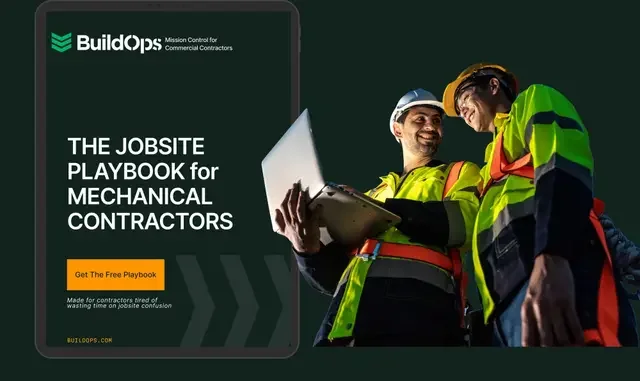
Turn Safety Insights into Action
Get a practical jobsite safety playbook based on what’s working in the field.
When Safety Gear Creates Confusion, Standardization Wins
Falls remain the #1 cause of jobsite fatalities—making up nearly 40% of deaths in construction. And yet, some of the most common fall protection gear is still misunderstood.
Take Class 1 vs. Class 2 SRLs (self-retracting lifelines). Class 1 is meant for overhead tie-off only. Class 2 offers more flexibility and is rated for foot-level tie-off and leading edge protection.
That distinction matters. But many workers aren’t trained on when to use which—and in high-pressure environments, they’re left guessing.
“When you go all-in on Class 2, you take the decision-making out of it,” Rebecca said. “You hand someone a piece of equipment and say, ‘Use this. It works.’
It’s a costlier move upfront, but more contractors are making it. Ricky emphasized that it also reduces misuse.
“Fall protection is unique to every site. The simpler you make it, the safer your crews are.”
Mental Health Is a Safety Issue—Full Stop
The most striking stat of the session wasn’t about falls or lacerations—it was about suicide.
Construction workers are five times more likely to die by suicide than workers in other industries. In 2022 alone, the industry lost an estimated 6,000 lives to suicide.
That number doesn’t show up in incident logs. But it shows up everywhere else.
Both Ricky and Rebecca have spent the last several years building mental health into their companies’ safety cultures—not as a policy, but as a practice.
Ricky’s team distributes resources in private spaces like port-a-johns and trains their safety leads in Mental Health First Aid. Rebecca writes monthly mental health tailgates and records videos that speak directly to field teams.
“Every time I go out to a jobsite and talk about this—even the heavy stuff like suicide and addiction—someone comes up afterward and says, ‘I knew someone who…’”, she said.
The goal isn’t to solve every crisis. It’s to make sure workers know they’re not alone—and that someone is listening.
What You Can Do Tomorrow
The biggest takeaway from this conversation wasn’t about compliance or regulation. It was about ownership.
Contractors aren’t just enforcing safety—they’re shaping it. Whether it’s partnering with vendors, streamlining protective gear, or making space for difficult conversations, the message is clear: If it’s not safe, speak up—and build something better.
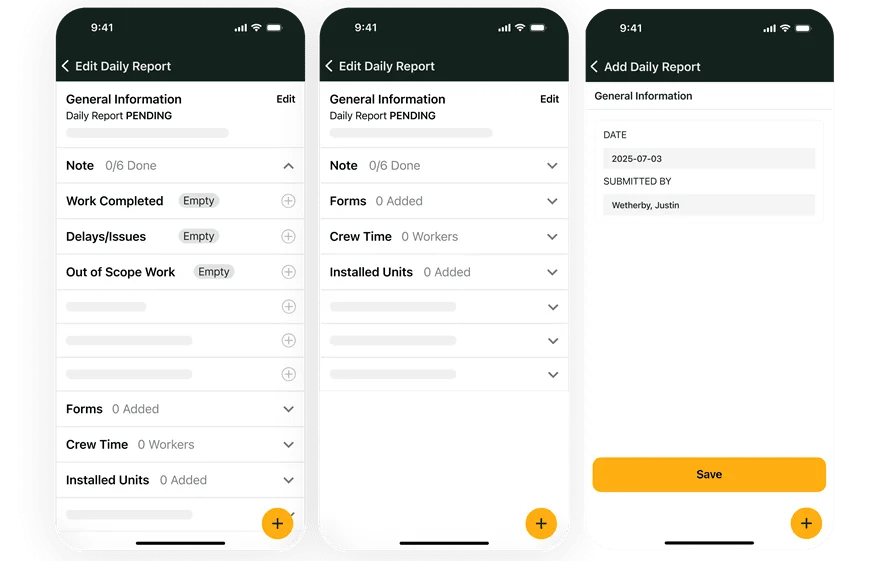
Standardize Jobsite Safety with BuildOps
Keep safety processes, checklists, and crews consistent across every jobsite.
